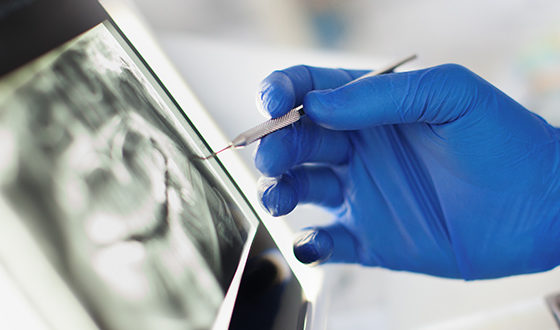CAD/CAM stands for Computer Aided Design and Computer Aided Manufacturing.
In the most basic terms, CAD/CAM technology allows for somebody to design a product digitally, and then use a computer again to assist with its manufacturing. A good example of this is 3D printing. The schematics for the final object are designed using specialized software. Once the parameters of the object have been determined, that data is input into the 3D printer. At that point, the software inside the 3D printer will take the information provided by the design and manufacture the object accordingly.
Dentists use CAD/CAM to create perfect replicas of a patient’s natural teeth to facilitate improved dental prostheses. It can be used in the design and manufacturing of crowns, veneers, inlays and onlays, bridges, dental implants, dentures, orthodontics, crown lays, and more. Dental CAD/CAM is a process that involves first creating an accurate 3D model of the tooth that will eventually be replaced, based on the current tooth, the corresponding opposite tooth, or the patient’s surrounding teeth. Once that 3D model is created, a prosthetic tooth is created through a process of milling down, followed by 3D printing to add details like ridges or points.
CAD/CAM technology was first used in the field of dentistry in the 1980s. In the early stages of CAD/CAM’s introduction to dentistry, the requisite equipment was too large to be used in most dental offices. The amount of computing power needed to properly power CAD/CAM technology was prohibitive because of both the size of computers relative today, and the inconveniently long wait times required for the technology to work.
In the early days of the technology, CAD/CAM style devices existed primarily in dental laboratories, off site from the dental clinics they serviced. Patients would have an initial appointment at which a dentist would take an impression of their teeth. Often times they’d walk out with a temporary prosthetic tooth that would act as a placeholder. The impression would be sent to a dental laboratory where a permanent replacement would be milled from ceramic or composite resin into the exact shape and hue of the patient’s original tooth, which would be sent back to the dentist. That patient would then return for a secondary appointment at which their dentist would install the permanent replacement. While this process produces perfectly acceptable dental prostheses, it does so slowly and over the course of two appointments.
The technology still has certain drawbacks. For example, the price. CAD/CAM prostheses can tend to be more expensive. Additionally, the manufacturing process doesn’t easily allow for things like layering, which can help to more perfectly reproduce a natural tooth.
CAD/CAM technology is more widely available now than ever before. Thanks to the absolutely exponential explosion of computing power in the last few decades, as well as significant developments in 3D printing and milling technology, devices that once would have occupied entire rooms are now small enough to fit comfortably in a standard dental practice.


